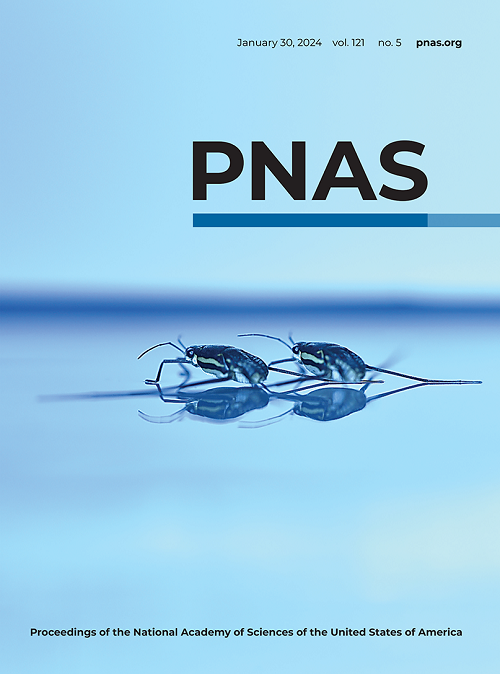A conserved ARF–DNA interface underlies auxin-triggered transcriptional response
IF 9.4
1区 综合性期刊
Q1 MULTIDISCIPLINARY SCIENCES
Proceedings of the National Academy of Sciences of the United States of America
Pub Date : 2025-04-01
DOI:10.1073/pnas.2501915122
引用次数: 0
Abstract
Auxin Response Factor (ARF) plant transcription factors are the key effectors in auxin signaling. Their DNA-Binding Domain (DBD) contains a B3 domain that allows base-specific interactions with Auxin Response Elements (AuxREs) in DNA target sites. Land plants encode three phylogenetically distinct ARF classes: the closely related A- and B-classes have overlapping DNA binding properties, contrasting with the different DNA-binding properties of the divergent C-class ARFs. ARF DNA-binding divergence likely occurred early in the evolution of the gene family, but the molecular determinants underlying it remain unclear. Here, we show that the B3 DNA-binding residues are deeply conserved in ARFs, and variability within these is only present in tracheophytes, correlating with greatly expanded ARF families. Using the liverwort求助全文
约1分钟内获得全文
求助全文
来源期刊
CiteScore
19.00
自引率
0.90%
发文量
3575
审稿时长
2.5 months
期刊介绍:
The Proceedings of the National Academy of Sciences (PNAS), a peer-reviewed journal of the National Academy of Sciences (NAS), serves as an authoritative source for high-impact, original research across the biological, physical, and social sciences. With a global scope, the journal welcomes submissions from researchers worldwide, making it an inclusive platform for advancing scientific knowledge.

 求助内容:
求助内容: 应助结果提醒方式:
应助结果提醒方式:


